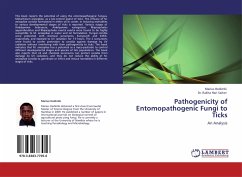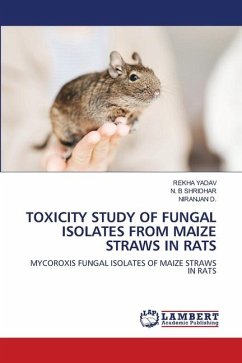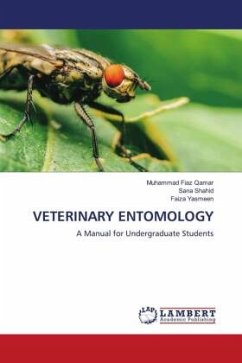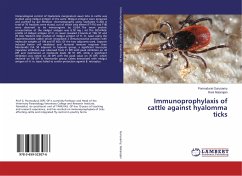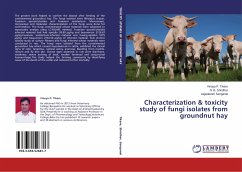This book reports the potential of using the entomopathogenic fungus, Metarhizium anisopliae, as a bio-control agent of ticks. The efficacy of M. anisopliae conidia formulated in either oil or water, in inducing mortalities to various developmental stages of ticks is reported. Various stages of Amblyomma hebraeum, Amblyomma variegatum, Rhipicephalus appendiculatus and Rhipicephalus evertsi evertsi were found to be highly susceptible to M. anisopliae in water and oil formulation. Fungal conidia were protected with chemical sunscreens, Everysun® and E45®, respectively, and exposed to UV radiation for 1-5 hours. The 2 sunscreens were found to confer protection to conidia against damage by UV radiation without interfering with their pathogenicity to ticks. The book indicates that M. anisopliae has a potential as a myco-pesticide to control different developmental stages and species of tick populations. The book also reports that oil and chemical sunscreens can protect conidia from damage by UV radiation, and they do not reduce the ability of M. anisopliae conidia to germinate or infect and induce mortalities in different stages of ticks.

